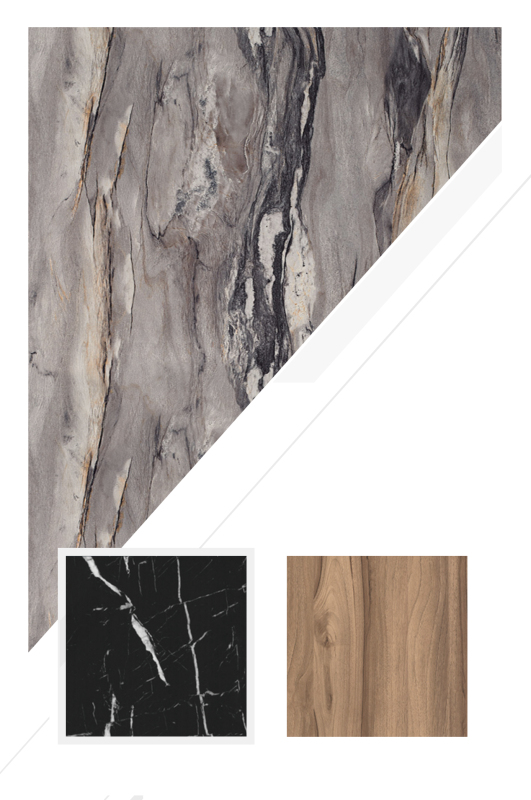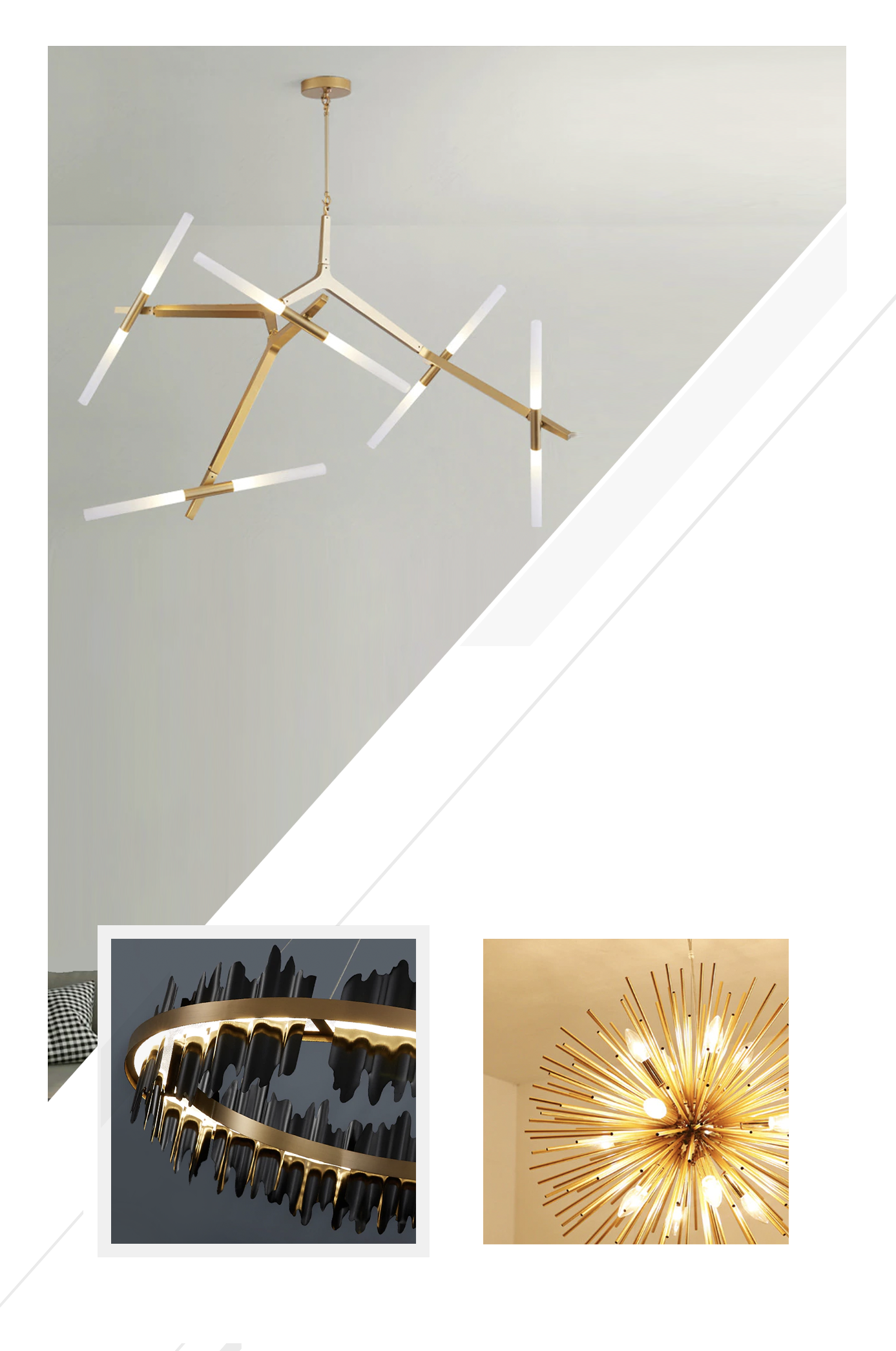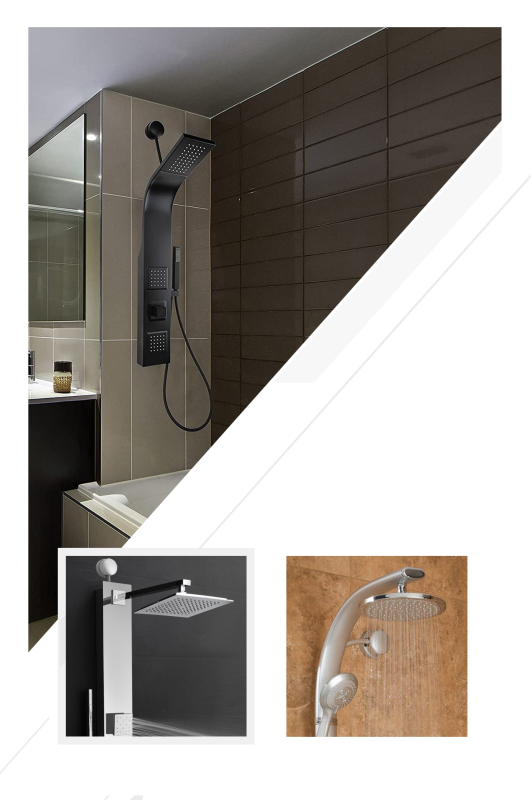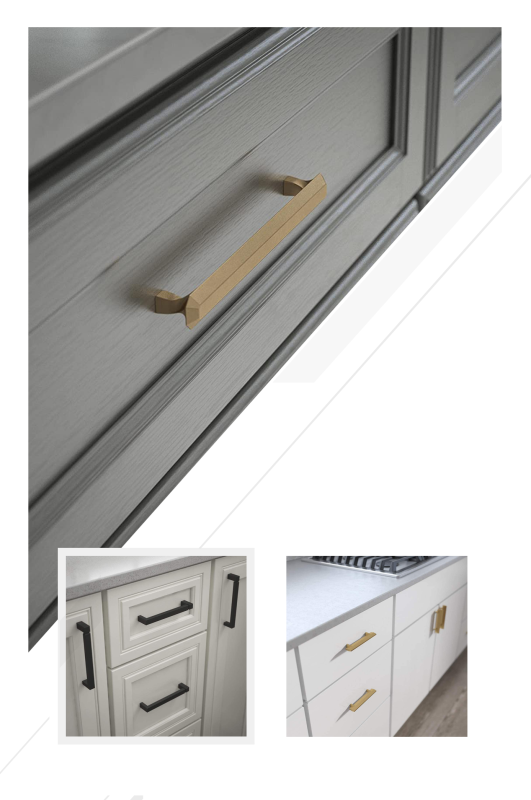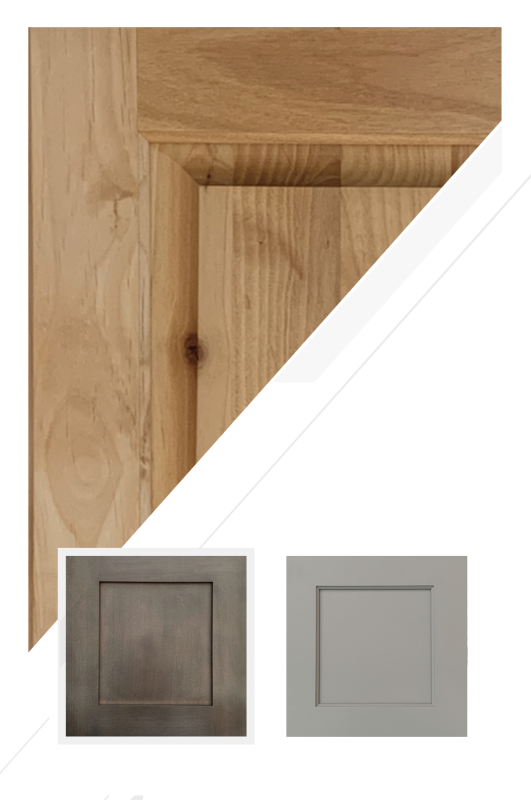Block by Block: Clustered Rebuilds, Shared Resources, and Faster Move-ins
By Joy Line Homes California
Whole neighborhoods are rebuilding at the same time. That fact can slow schedules or it can become a powerful tool. Joy Line Homes turns neighbors into a coordinated team with a simple clustered approach. Crews, cranes, inspectors, and utilities follow a shared plan across several addresses. Streets stay calm. Costs drop. Move ins arrive sooner. This is how families in Los Angeles, Ventura, Santa Rosa, Napa, and Paradise step forward together after a hard season.
Clustered rebuilding is not complicated. It relies on rhythm, repeatable details, and clear roles. When every home speaks the same language for edges, utilities, and set day, the block feels organized and progress becomes visible every week.
Why Clusters Win the Calendar
Time is the most valuable resource in recovery. Clusters win because travel shrinks, staging repeats, and inspections align. A crane that serves three homes on one street saves mobilizations. A utility crew that reconnects meters in a single window finishes work without extra trips. Inspectors learn the pattern and move faster because each stop looks familiar. The block becomes a small production run rather than a set of isolated jobs.
Owners feel this change quickly. Instead of waiting for scattered appointments, a short weekly update shows which house is cutting pads, which house is setting, and which house is going to final. Everyone knows their place in the sequence and energy stays steady.
Street Playbook and Roles
Joy Line starts each cluster with a two page street playbook. Page one is a simple map with addresses, staging pads, crane positions, and safe turnouts. Page two lists roles. A neighbor captain collects questions and shares updates. Joy Line’s project manager runs the calendar. Trade leads post daily notes from site. The city contact receives the same map and schedule so approvals and inspections match the plan.
With the playbook in hand, conversations become short and useful. Providers know where to park. Deliveries know where to turn. The street feels calm because the story is clear before the first truck arrives.
Standardized Details that Inspectors Love
Consistency removes friction. Clusters use the same edge assemblies, vent guards, enclosed eaves, and fiber cement or metal cladding. Meter walls, shutoffs, and labels appear in the same layout. Foundations follow a tight family of details. Inspectors recognize the system on house one and then approve houses two and three with confidence. Red lines fade because the drawings match the site again and again.
This sameness does not kill design. Plans and finishes still shift to fit the lot and each family’s taste. The details that matter to safety and approvals stay the same, which is what shortens the timeline.
Shared Route Studies and Set Day Windows
Route studies take time, so the cluster shares one record. Clearance, tight turns, and overhead lines are measured once and used for all deliveries. Set days are posted in a single notice with polite windows that avoid school runs and busy hours. Traffic control, cones, and flaggers appear in the same places for each address. Neighbors see a repeatable pattern and relax. The street opens by dinner and looks clean at sunset.
Crews move like a traveling stage. Pads are cut on Monday. The crane arrives Wednesday. The second home sets Thursday afternoon. By Friday, the street is swept. The weekend feels quiet again.
ADU First for Speed and Stability
Many clusters begin with ADUs. Small sets teach the block the rhythm, create early roofs for families, and reduce rent pressure during the larger build. The ADU also shapes a courtyard that protects entries from wind and dust. Inspectors who learn the Joy Line language on the ADU return to the main home already comfortable with the pattern. That comfort is worth weeks on a busy calendar.
Placed near existing utilities, the ADU shortens trenching and speeds reconnects. Later it can provide income or become a guest suite for family. One move pays for itself in time and options.
Utility Walls and Grouped Reconnects
Utility crews move faster when service points are predictable. Clusters use a standard utility wall with meter, main panel, critical loads panel, and labeled shutoffs. Reconnects are scheduled for several homes in one window. Photos of trenches and depth checks live in a shared folder so approvals do not stall on missing proof. The tech sees order. The work finishes in one pass.
For rural parcels, the plan includes turnout mats and clear addresses. For neighborhoods, cones maintain parking and parcel delivery. The change is small on paper and big in practice. Crews arrive, sign off, and leave the street quiet.
Purchasing as a Team
Blocks that buy together save together. Clusters select repeating assemblies and finish packages that are in stock and proven. Hardware, vents, panels, fixtures, and roofing land on site in a steady rhythm. Fewer back orders, fewer substitutions, and fewer delays. Owners can still personalize color, lighting, and interior mood, but the bones of the house stay inside a kit that the factory and field teams know well.
Bulk purchasing also improves quality. Crews install the same parts daily and build muscle memory. Mistakes drop. Speed rises. The house reads as calm and complete from the first inspection onward.
A Streetwide Safety Plan
Safety grows when information is shared. Joy Line posts a simple safety board at the head of the street with emergency contacts, work hours, and a map of open lanes. A weekly text reminds the block of set windows and delivery times. On windy days, crews pause crane picks and shift to prep tasks. At day’s end, the street is swept, straps are removed, and cones leave only where needed for overnight safety. Neighbors feel respected and the city receives fewer calls because the plan is visible.
Shared habits like protected tree trunks, solid riser stairs, and enclosed skirts keep new homes looking finished even during heavy weeks of work. Pride rises and with it, patience for the days that are naturally noisy.
Financing, Insurance, and Draws in Sync
Clusters help with money too. When lenders and adjusters see the same assembly sets and the same draw rhythm across several homes, approvals become predictable. Photo logs are formatted the same way. Inspection tags appear in the same places. Supplements for WUI details, helical piles, or corrosion aware parts use the same short packet. This consistency removes doubt and moves funds without long calls.
Underinsured families can choose an ADU first step, then follow with the main home once the street is stable and draw calendars align. The block supports each household while staying on a shared track.
Communication that Lowers Stress
The cluster receives a weekly two line update. What finished this week. What begins next week. A shared album holds photos from the same two angles for each address so progress is easy to see. When neighbors are out of town, the album serves as a quiet check in. When someone new joins the project team, the album and the binder tell the story in minutes.
Questions still arise, but they are smaller because everyone sees the same information. The street moves with confidence and crews stay focused on work instead of repeating explanations.
City Notes: One Method, Five Places
Los Angeles: Hillsides favor compact booms and staggered set windows to keep narrow lanes open. Shared route studies handle tight turns and low lines. Zones near schools use early morning picks and midday deliveries for calm streets.
Ventura: Coastal wind shapes pad orientation and crane placement. Corrosion aware fasteners, enclosed skirts, and metal soffits repeat across the block. Grouped inspections with fire and building trim a week from the calendar.
Santa Rosa: Neighborhood lots benefit from repeating foundation details and slab speed. Side yard gravel ribbons align from house to house, creating tidy service lanes and fast approvals.
Napa: Rural parcels coordinate with vineyard schedules. Turnouts and mats protect lanes. Porches and olive shade repeat as a calm language across the cluster while utility walls stay identical.
Paradise: Disturbed soils and narrow access often call for helical piles and compact cranes. Grouped reconnect windows move several families to power and water in one week.
Stories from Clustered Streets
In Los Angeles, three homes set in two days with a single crane and reopened the street by dinner. In Ventura, grouped inspections and a standard utility wall produced approvals for four homes in a single visit. In Santa Rosa, repeating details across a cul de sac cut red lines to almost zero. In Napa, a pair of homes shared route studies and turnouts, keeping farm access clear during harvest. In Paradise, five homes used the same helical pile packet and torque logs, which moved supplements without delays and brought the lane back to life week by week.
How to Start a Cluster on Your Street
Begin with a short meeting in front of the lots or on a simple video call. Choose a neighbor captain. Share contact information. Invite Joy Line to prepare a draft playbook and a sample calendar. Walk the route, note pinch points, and pick likely crane pads. Agree on a core set of assemblies. Decide whether an ADU will lead. With those decisions made, permit packets, purchase orders, and set windows can be issued in a matter of days.
From there, the plan runs itself. Each home moves through debris closure, sitework, set day, and reconnects with the same steps. The block becomes a team, and the team gets home faster.
The Joy Line Perspective
Rebuilding is easier when no one goes alone. Clusters turn complexity into a clear rhythm. Shared route studies, repeating assemblies, grouped inspections, and a street playbook restore order. Families see steady progress. Inspectors see a known system. Providers see a professional plan that respects time and space. Joy Line Homes brings the parts together so your street can move from ash to addresses with less stress and more certainty. That is the power of building block by block.
About Joy Line Homes
Joy Line Homes builds modular residences and ADUs across California with a clustered rebuild method. Street playbooks, repeatable assemblies, and shared schedules shorten timelines and bring neighborhoods home together.
Visit JoyLineHomes.com to request a street playbook and cluster calendar for your block.
We are based in Santa Cruz County ,
California
Tel: (831) 888-Home
Email: info@joylinehomes.com
Business Hours: 9am - 6pm

